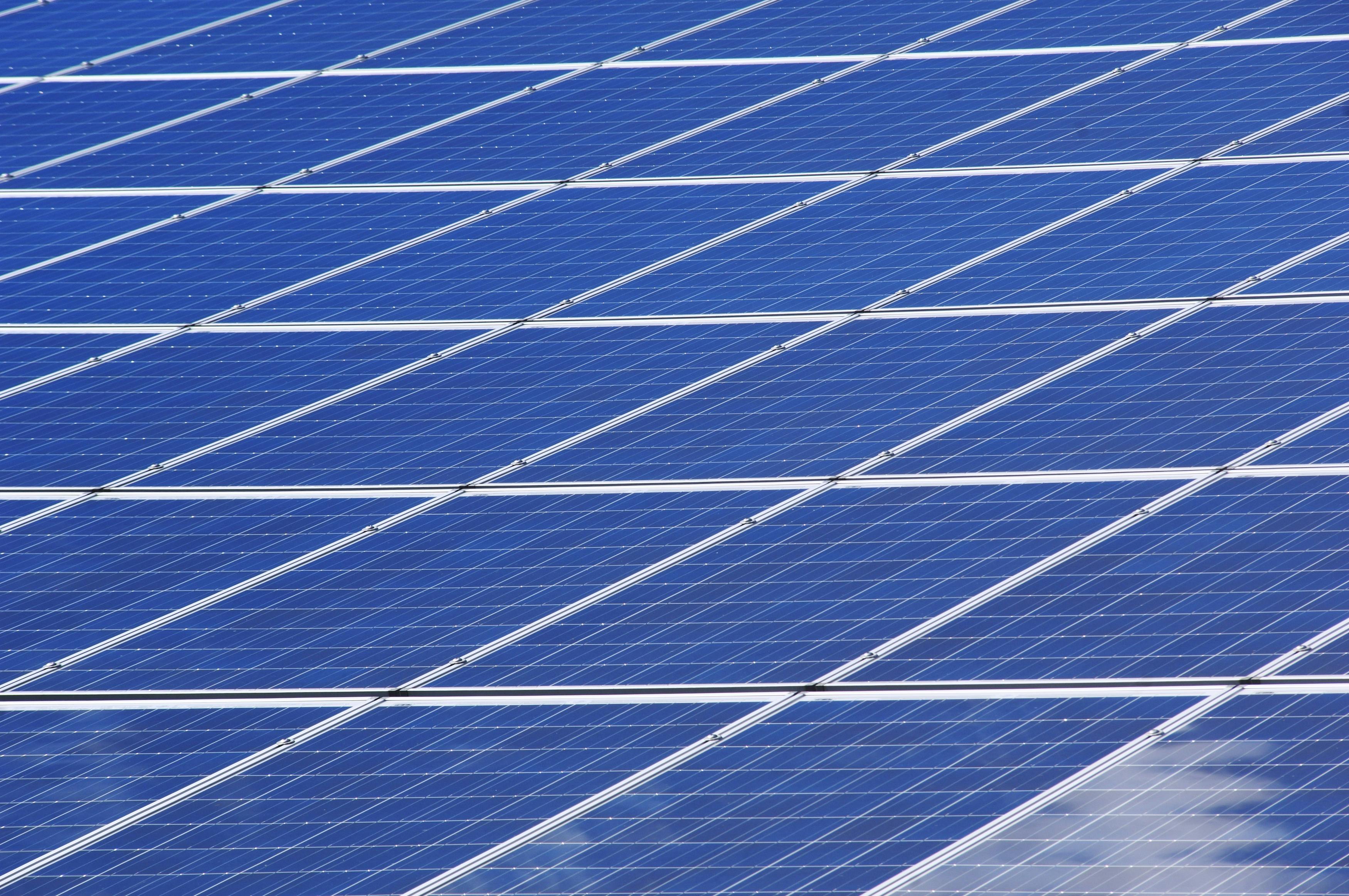
Solar PV
Solar electricity panels, also known as photovoltaics (PV), capture the sun's energy and convert it into electricity that you can use in your home.
A solar PV panel consists of many cells made from layers of semi-conducting material, most commonly silicon. When light shines on this material, a flow of electricity is created. The cells don't need direct sunlight to work and can even work on cloudy days. However, the stronger the sunshine, the more electricity generated.
Solar PV systems are made up of several panels, with each panel generating around 410W of energy in strong sunlight. Typical systems contain around 10 panels and generate direct current electricity. Because the electricity used for household appliances is alternating current, an inverter is installed along with the system to convert direct current electricity into alternating current. This electricity can be used throughout your home or exported to the grid.
The benefits of solar electricity include reducing your electricity bills. Sunlight is free, so once installation is complete, your electricity costs will be reduced. They will also reduce your carbon footprint. Solar electricity is low carbon, renewable energy. A typical home solar PV system could save around one tonne of carbon per year, depending on where you live in the UK.
Space is a key consideration, as is roof angle and the direction it faces. Ideally, you want a south-facing roof with a pitch at an angle of 30 or 40 degrees. East or west-facing roofs can still be considered, but north-facing roofs are not recommended.
It's also worth noting that nearby buildings, chimneys, or trees that shade your roof will negatively impact the performance of your system. Planning permission is not usually required as solar is classed as a permitted development, but you should always check with your local authority before installing in case there are any local limits or restrictions.
With any domestic PV system, there will be times when the electricity you generate is more than you can use or store, so the surplus will be exported to the grid to be used by somebody else.
The old Feed-in Tariff closed for applications in March 2019 and has since been replaced by the Smart Export Guarantee. While not as generous as the Feed-in Tariff, it is still a worthwhile scheme and provides some financial support for electricity that you generate and export back to the grid.
Bill Savings and Things to Be Aware Of:
- The average cost of a domestic 4.2 kWp solar PV system is around £5000.
- If you include the Smart Export Guarantee, you can save from £255 - £505 per year according to the Energy Saving Trust (savings depend on which part of the country you live in and how much time you are in the house when the Solar PV is generating electricity).
- Grant funding is available that can cover the full cost of installation (qualifying criteria apply). We also offer a privately funded Solar PV package and finance.
